1. 1935: Amelia Earhart becomes the first person to fly from Hawaii to California
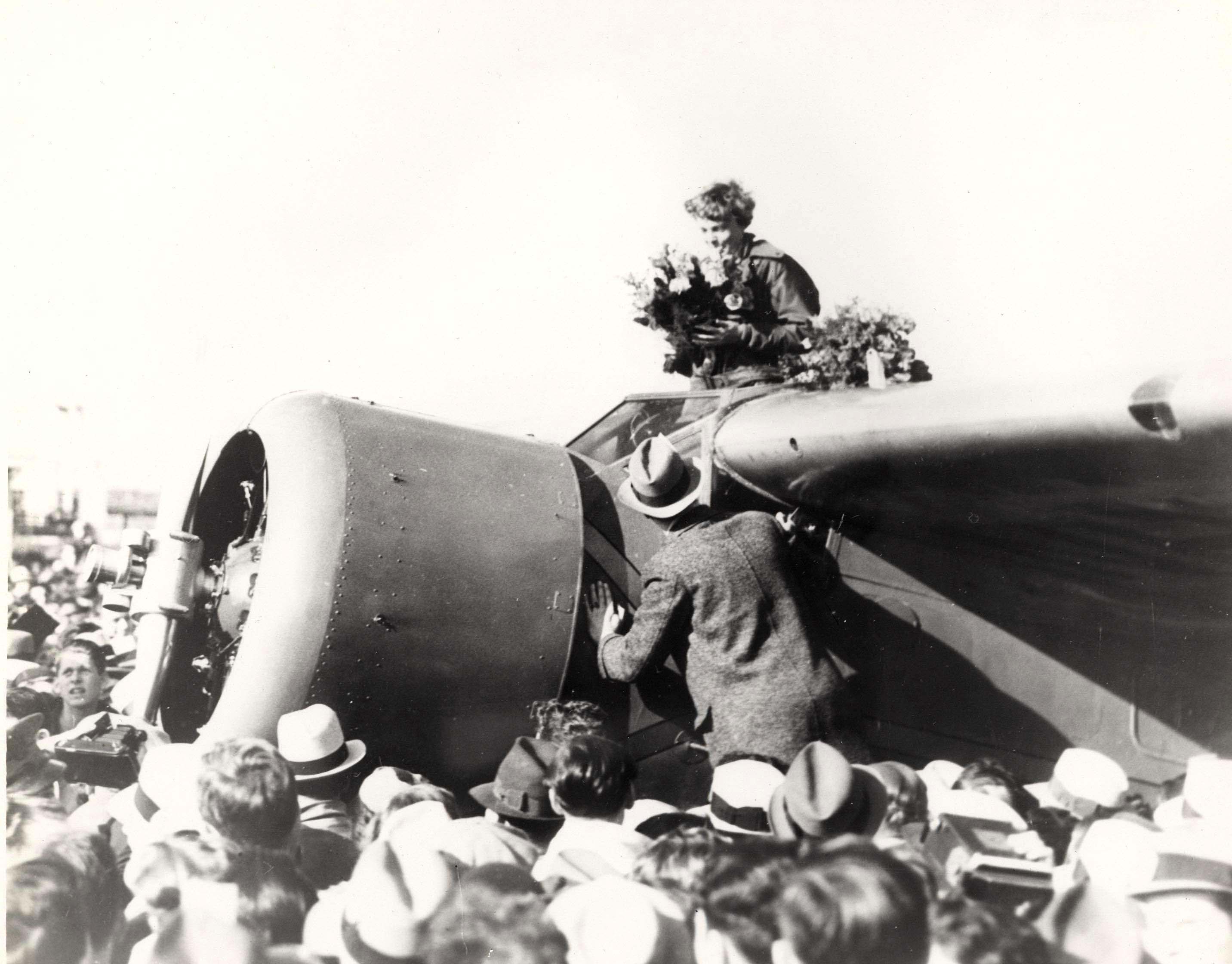
Photo: hawaii
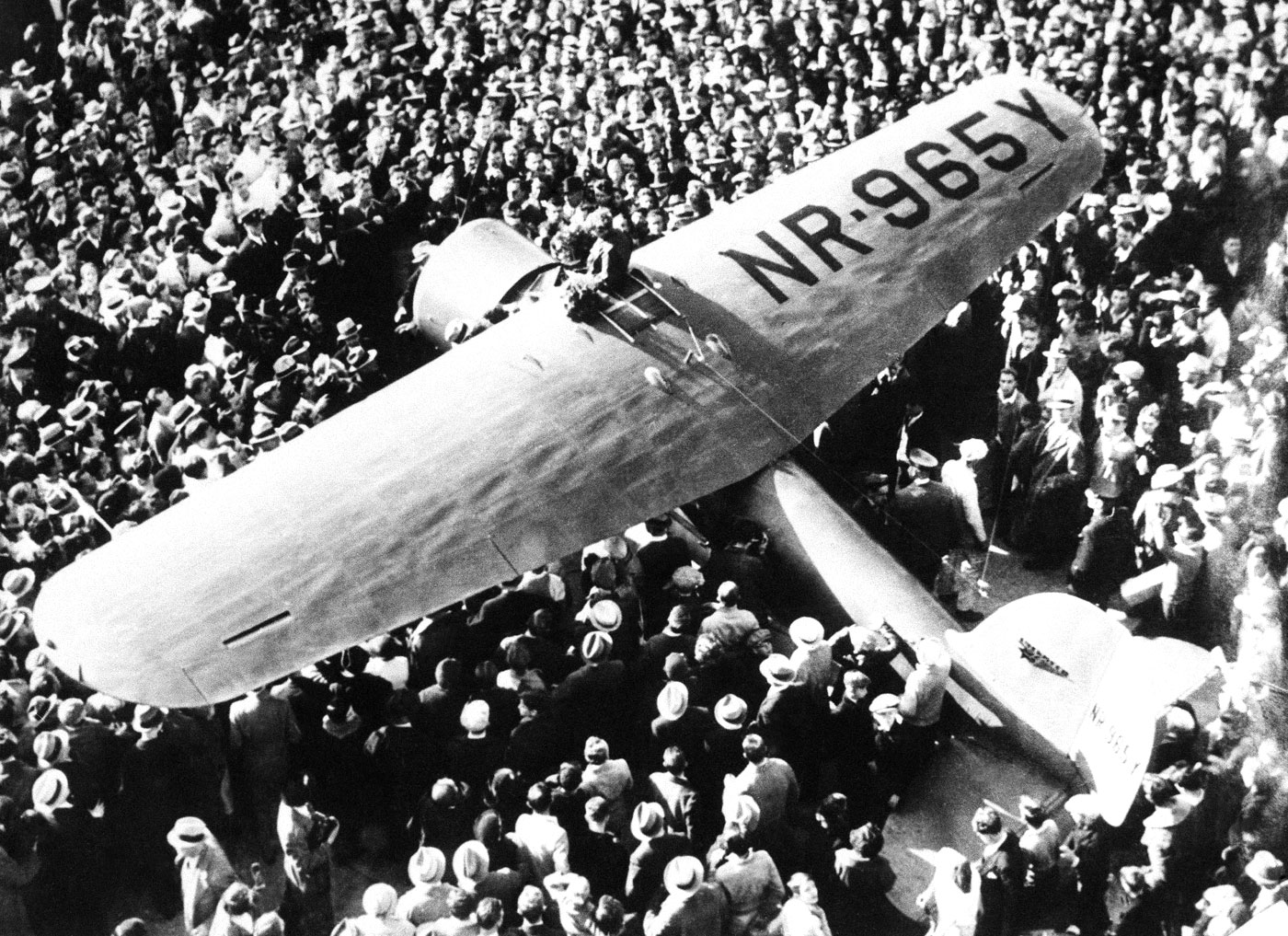
Photo: emaze
It was on this date in 1935 that Amelia Earhart departed from Wheeler Field Airport in Honolulu, Hawaii on the first solo flight to North America. Hawaiian commercial interests wanted to establish a flight service to North America so they offered a $10,000 reward to the first person that could accomplish this. Not being one to shy away from a challenge, Earhart was quick to jump at the opportunity to show her skills as a pilot. The following day she landed safely at the Oakland Airport in Oakland, California, after traveling approximately 2400 miles in just 18 hours. Earhart was already extremely popular with the public because just under three years prior she cemented her name in history when she became the first woman to make a solo flight across the Atlantic. She did this exactly five years after Charles Lindberg became the first person to make the flight across the Atlantic. Unfortunately though, just two years after she completed her flight from Hawaii to California, Earhart’s plane was lost somewhere in the South Pacific near New Guinea. She was attempting to fly around the world with co-pilot Frederick Noonan. While the exact details of what happened are unknown, a radio transmission was received where Earhart was saying she was low on fuel. That was the last the world heard from the record-breaking pilot, although her name will live on in through her achievements.
2. 1908: President Roosevelt declares the Grand Canyon as a national monument

Photo: pinterest
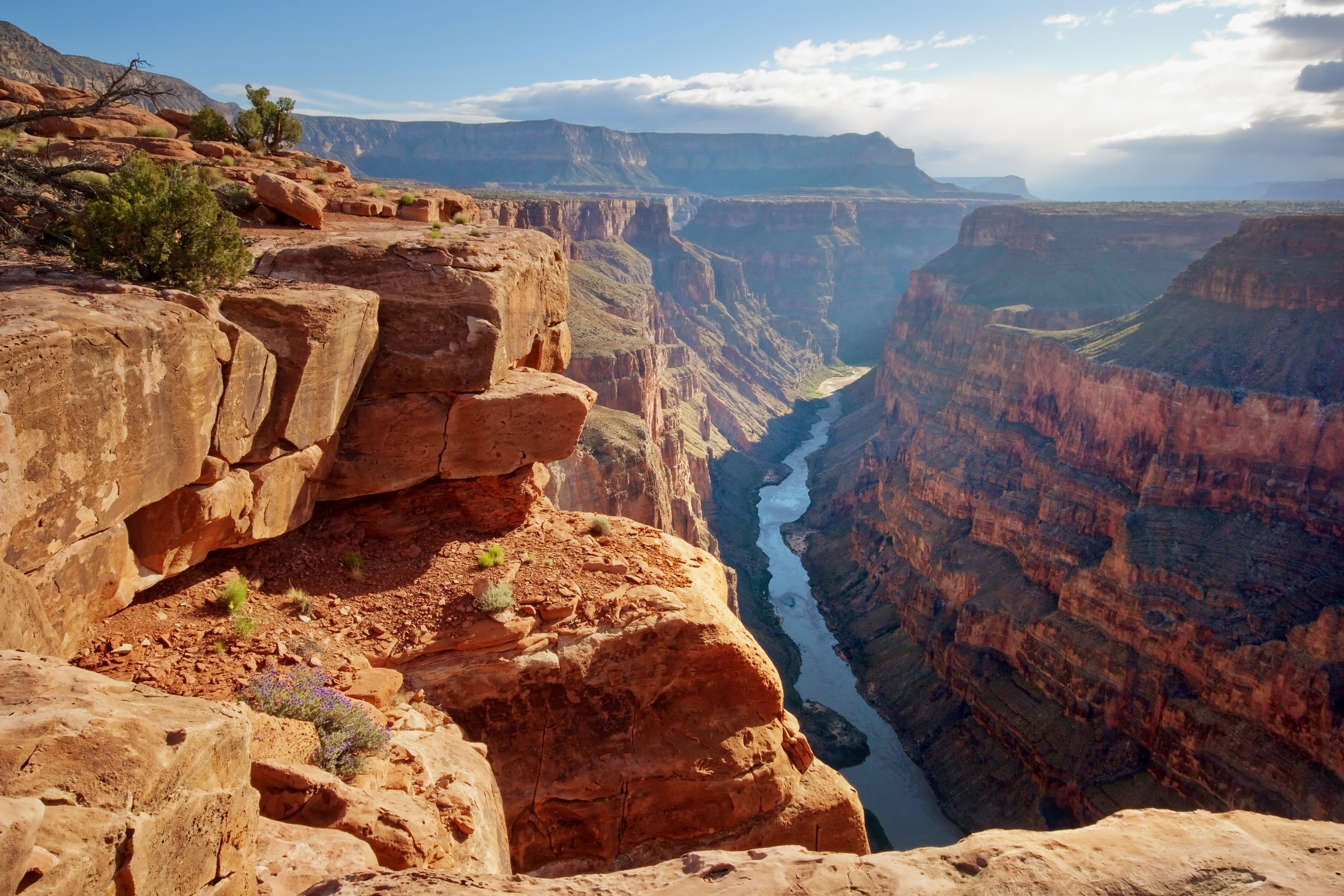
Photo: phoenixnewtimes
The Grand Canyon is without a doubt one of the great wonders of the world. It’s one of those things that must be experienced with your own eyes in order to really appreciate its vastness and beauty. Luckily that beauty has remained unchanged since Don Garcia Lopez de Cardenas became the first European to see the canyon back in 1540. Part of that is thanks to President Roosevelt’s efforts to preserve the area and prevent commercial and industrial development from ruining the beauty. He was quoted saying “let this great wonder of nature remain as it now is. Do nothing to mar its grandeur, sublimity, and loveliness. You cannot improve on it. But what you can do is to keep it for your children, your children’s children, and all who come after you, as the one great sight which every American should see.” It was on this date in 1908 that Roosevelt declared the canyon a National Monument that would place it under public protection. Congress would later upgrade the status of the canyon to a National Park which also included the area surrounding the canyon wich effectively doubled the size of the protected area.
3. 1937: Sit-down strike turns violent at General Motors body plant
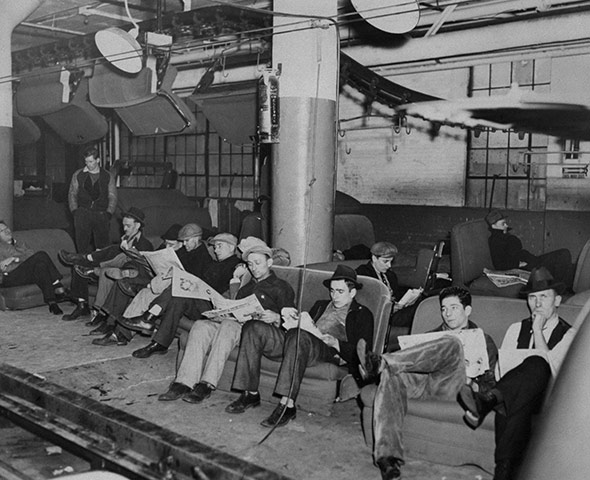
Photo: libcom
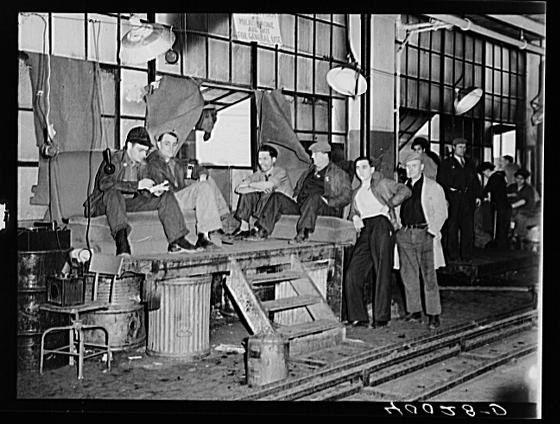
Photo: wiki
Things turned violent at General Motors’ Fisher Body Plant No. 2 in Flint, Michigan on this date in 1937 during a sit-down strike of auto workers. The strike started on December 30, 1936, and would last until February 11, 1937. The strike was organized by the newly formed United Auto Workers (UAW) union and they demanded that General Motors improve both the job security and working conditions of its employees. However that wasn’t the only reason, the UAW also wanted GM to recognize it as the sole bargaining authority for all of the factory workers. Things got violent when police officials attempted to prevent strike supporters from bringing food deliveries. Strikers pelted policeman with bottles, hinges, bolts, and anything else they could get their hands on. Eventually, things got under control, but President Roosevelt had to get involved. He urged GM to distinguish a union so that the plant could re-open. The UAW eventually expanded outside the automotive industry and now is considered one of the largest unions in the United States.

